The situation in France is reassuring as we enter the second winter since the start of the war in Ukraine. But caution is still called for.
France is better prepared than last winter for gas supplies, and even exports to its European neighbors. These are the conclusions drawn on Monday by gas transmission system operators GRTgaz and Teréga. Tensions may still arise at the end of the winter, however, in the event of a late cold snap.
The entire gas supply chain had to be rethought, as Europe lost 75% of Russian supplies in two years. Deliveries of liquefied natural gas (LNG) by ship have offset those historically made via pipelines from Russia. At the same time, regasification capacity - the step required to inject gas into pipes - was increased by 22%.
"Analyses show that this year the French network has the capacity to ensure the supplies needed to supply consumption and exports, including in the event of a cold winter", say the two main operators in their "French gas system outlook for winter 2023-2024". Three scenarios are envisaged, ranging from a mild winter to a season marked by cold weather. The latter logically presents the highest risk of tensions on gas supplies.
European stocks 97% full
Stocks contain the equivalent of around a third of France's annual gas consumption. French storage is 95% full, and European storage is 97% full. This contributes to the balance of the system, which implies: "sustained LNG imports, prudent management of storage facilities and maintenance of sobriety at levels similar to those observed last winter".
France reduced its gas consumption by 14.3% (climate-adjusted data) between August 1, 2022 and July 31, 2023, compared with the same period in 2018-2019. "Manufacturers have changed their processes in response to the rise in gas prices last winter. These gains are a given, and they are sources of savings for them", says Thierry Trouvé, confident that consumers will remain frugal.
And even though prices are lower than last year. A plateau has been reached at around 50 euros per megawatt-hour (MWh), a far cry from the August 2022 peak of over 300 euros and last winter's prices of 95 euros per MWh. Future prices on the wholesale gas markets are even in the range of 30 to 40 euros per MWh, illustrating players' confidence in supply capacities. But even at these levels, prices remain 3 to 4 times higher than pre-crisis levels, continuing to provide a strong incentive to save.
Europeans have also developed new LNG import capacities, with the development of FSRUs, floating regasification units. Germany now has three, Italy two and Finland one, to name but a few.
The French facility at Le Haver, operated by TotalEnergies in Le Havre, is due to go into operation this week. In addition, gas entry capacities via Spain have been increased, enabling an additional volume of up to 6 TWh to be injected over the winter, according to the operators.
France is also betting on the development of its biomethane sector, which enables it to produce its own gas on its own territory. "It currently stands at around 11 TWh, which is still low, but higher than the targets set for 2023 in the previous multi-year energy plan.
The industry estimates that it will be able to supply 20% of France's gas consumption by 2030," adds Thierry Trouvé, pointing out that Denmark is already at 40%. A way of illustrating the diversity of alternatives to Russian gas imports.
Finally, to avoid dependence on a single country, French gas suppliers are committed to diversifying their supplies.
Elsa Bembaron


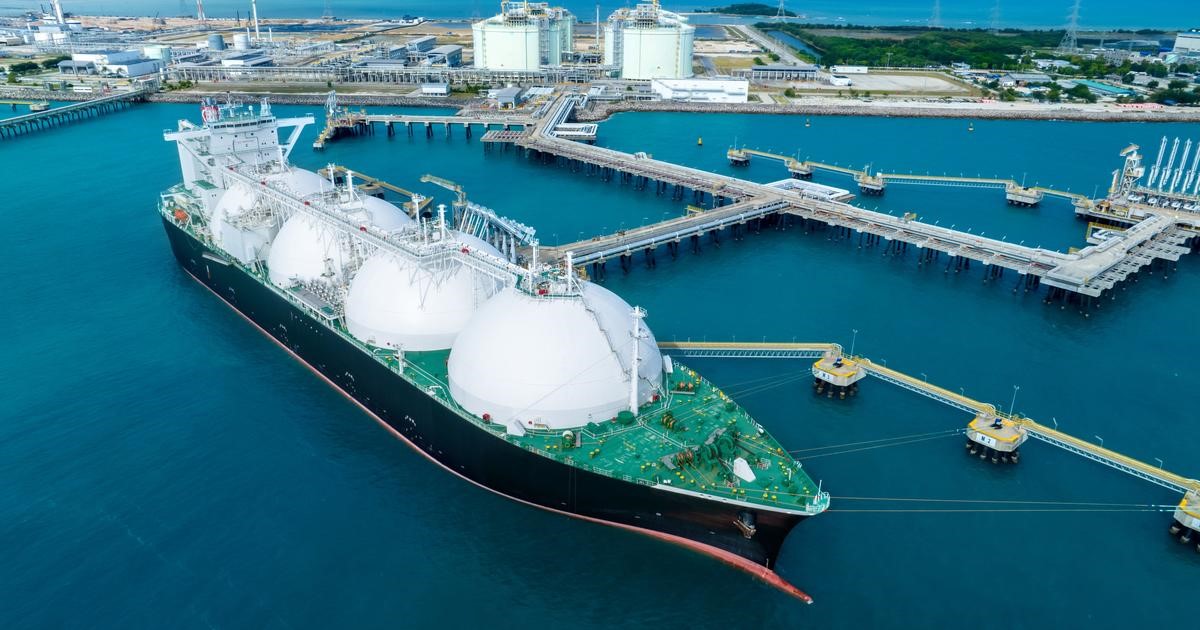

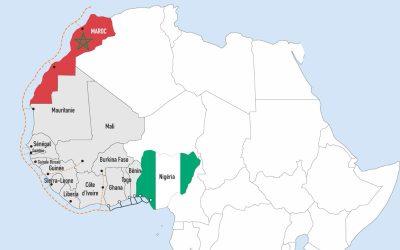
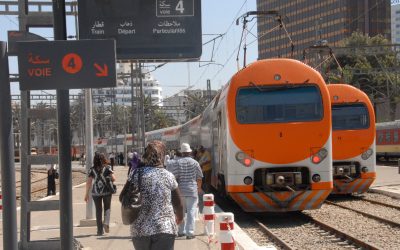

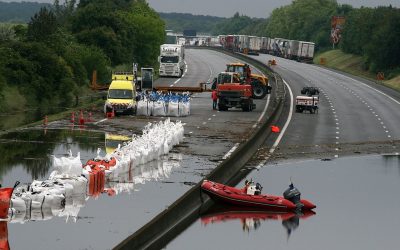


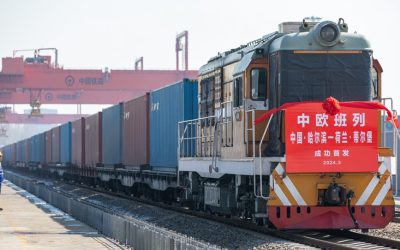








0 Comments